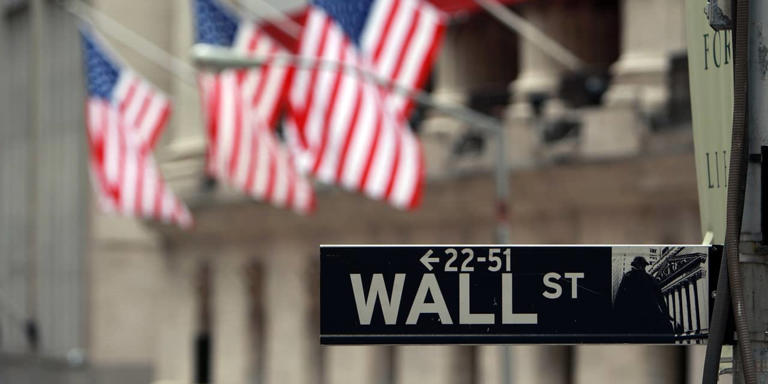Companies worldwide are facing an unprecedented wave of defaults on their debt, reaching levels not seen since the global financial crisis, according to a report by S&P Global Ratings.
Since the beginning of the year, there have been 29 corporate defaults, marking the highest number at this point in a year since 2009. While the majority of defaults have occurred in the United States, analysts are particularly concerned about the increasing number of bankruptcies in Europe. Eight European companies have defaulted since January, more than double the three defaults observed by this time last year.
In contrast, the U.S. has witnessed 17 defaults, slightly fewer than the 18 recorded at this stage in the previous year. Despite the U.S. leading in terms of sheer numbers, Europe’s default rate has surged to twice the rate seen in any year since 2008.
Among sectors, 40% of defaults in February involved companies in the healthcare or media and entertainment industries. S&P Global anticipates that more media, healthcare, and consumer product companies with weak outlooks will experience further defaults in the future.
Beyond the U.S. and Europe, four companies have defaulted since the beginning of the year. These include Avison Young, a Canadian commercial real estate solutions and services company, and CLISA — Compania Latinoamericana de Infraestructura S.A., an infrastructure service provider based in Argentina.
In February, several notable companies defaulted, including U.S.-based radiology operator Radiology Partners Holdings, U.S.-based tool manufacturer Apex Tool Group, and U.K.-based cinema operator Vue Entertainment International.
AMC Entertainment Holdings Inc. also made S&P’s default list after the ratings agency downgraded its debt to “selective default,” citing a series of debt exchanges undertaken by the company as equivalent to default.
Analysts at S&P Global anticipate that a weakened European consumer base will contribute to sustained high levels of defaults throughout the remainder of the year. The report’s authors noted that given the continued presence of a significant number of lower-rated companies in the region, European defaults are expected to remain elevated in the near term, potentially leading to a slight increase in default rates over the summer.
Distressed exchanges have been a key driver of defaults this year, with 14 out of the 29 recorded defaults involving such exchanges. This marks the highest number of distressed exchanges during the first two months of a year since 2008. Distressed exchanges typically involve private equity-backed companies and their lenders seeking to avoid bankruptcy proceedings by transferring assets worth less than the debt owed.
